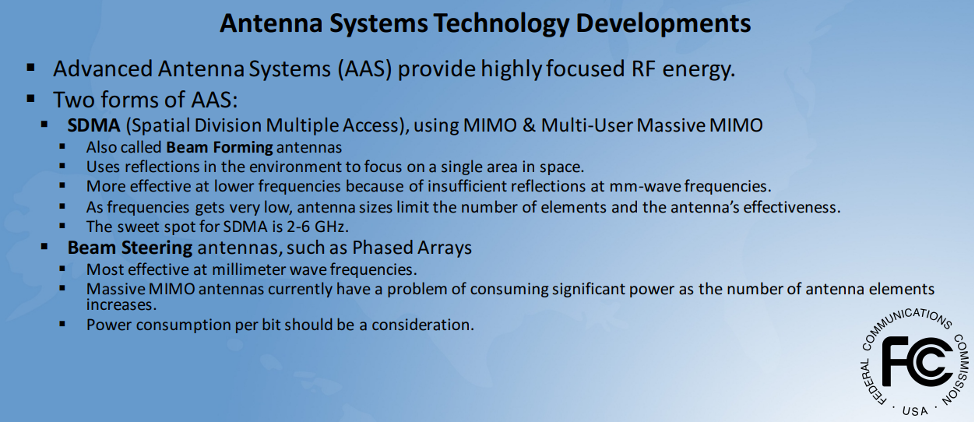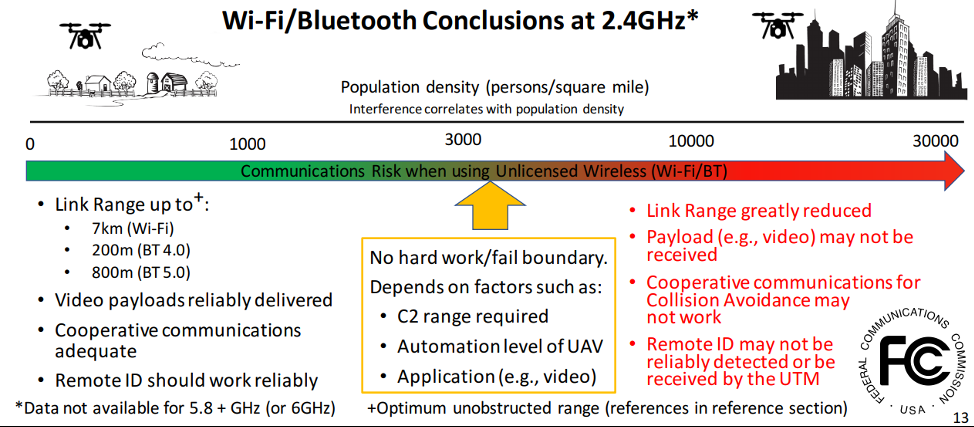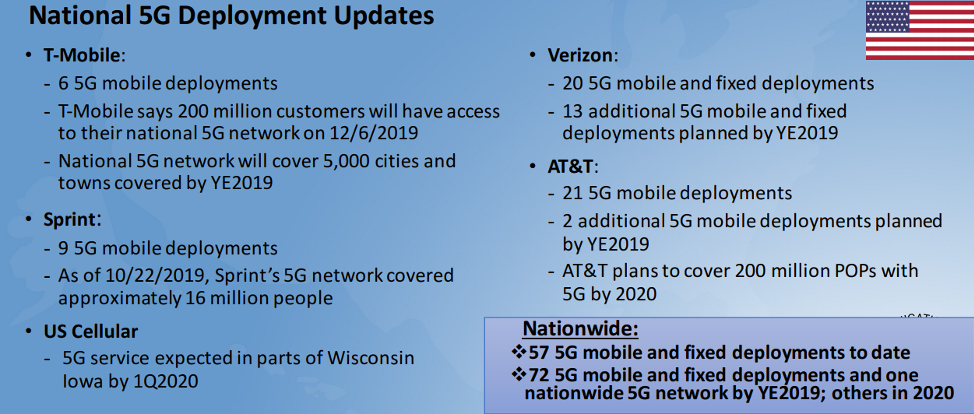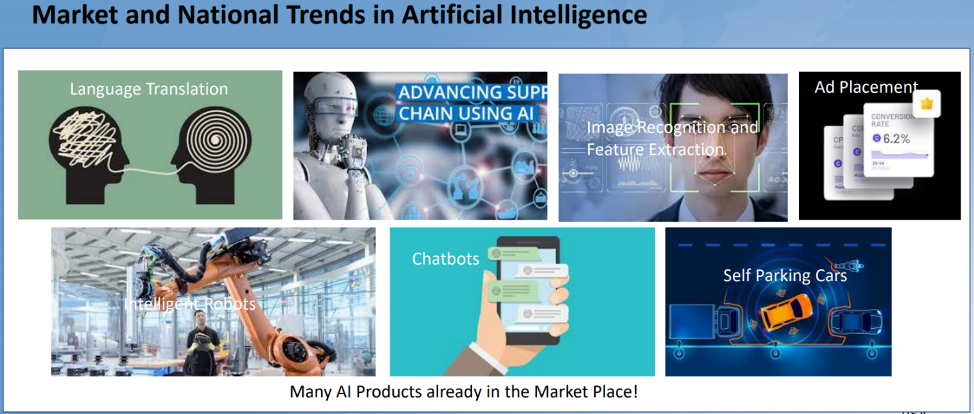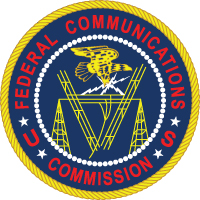 The Federal Communications Commission’s Technological Advisory Council (TAC) might be one of the most interesting groups you’ve never heard of. In fact, it’s been around for 21 years as an official advisory committee to the FCC, with a revolving membership of technical experts handpicked by the FCC from a number of technology-focused industries. As far as what it is actually does, the charter on the website states, “The TAC is comprised of a diverse array of leading experts that helps the FCC identify important areas of innovation and develop informed technology policies supporting America’s competitiveness and job creation in the global economy,” which is a pretty apt description. The workload is assigned to several topic-specific working groups that meet weekly or bi-weekly while the full TAC meets quarterly, with the ultimate target of dispensing actionable recommendations relevant to the scope and work areas of the FCC at the end of each calendar year.
The Federal Communications Commission’s Technological Advisory Council (TAC) might be one of the most interesting groups you’ve never heard of. In fact, it’s been around for 21 years as an official advisory committee to the FCC, with a revolving membership of technical experts handpicked by the FCC from a number of technology-focused industries. As far as what it is actually does, the charter on the website states, “The TAC is comprised of a diverse array of leading experts that helps the FCC identify important areas of innovation and develop informed technology policies supporting America’s competitiveness and job creation in the global economy,” which is a pretty apt description. The workload is assigned to several topic-specific working groups that meet weekly or bi-weekly while the full TAC meets quarterly, with the ultimate target of dispensing actionable recommendations relevant to the scope and work areas of the FCC at the end of each calendar year.
The last TAC meeting of 2019 was held on December 4 in the Commission Meeting Room at the FCC. Like all TAC meetings, it was open to the public and was webcast (archived video and presentations of all meetings are available from the TAC webpage going back to 2010). Subjects selected for a given annual cycle are selected by the TAC Chairman (currently Dennis Roberson of Entigenlogic/Roberson & Associates/Illinois Institute of Technology) in consultation with the TAC’s Designated Federal Officer (DFO) from the FCC and the Chairman of the FCC. The December 4 meeting was somewhat bittersweet in this regard since it was the last meeting of longtime TAC DFO Julie Knapp, head of the FCC Office of Engineering and Technology, who is retiring from the FCC after over 45 years of FCC service. In his opening remarks at the meeting, FCC Chairman Ajit Pai began by calling out Julie Knapp as “a prince among men, and the very model of a public servant.” The new DFO (Michael Ha, chief of the policy and rules division of OET) has big shoes to fill in this role.
The topics addressed by the TAC vary from year to year. For 2019, four working groups were chartered in the following areas: Antennas, Unmanned Aerial Systems, 5G and the Internet of Things, and Artificial Intelligence. Below are just a few highlights and slide or two from each of the working group reports.
Antennas
The Antennas working group (co-chaired by Greg Lapin of ARRL and Marty Cooper—yes, that Marty Cooper, recognized father of the handheld cellphone) has been looking at the application of advanced antennas for mobile network operations and how these highly spectrum efficient devices can be adapted into the overall FCC regulatory framework. As shown in the slide below, both spatial division multiple access (SDMA) and beam steering antennas fall into this category, and the working group recommended the FCC should encourage users to adopt such new spectrum efficient antenna technologies.
Communication strategies for Unmanned Aircraft Systems (UAS)
Chaired by John Chapin of Roberson Associates, the UAS working group has been looking at frequency bands currently used by UAS and evaluating various other bands for future use as the proliferation of UAS continues. As the slide below shows, the most popular band currently used, the 2.4 GHz Wi-Fi band, becomes increasingly problematic as population density increases, necessitating a hard look at other frequencies, including bands allocated for aviation use.
5G and the Internet of Things (IoT)
Chaired by Russ Gyurek from Cisco and Brian Daly from AT&T, the 5G/IOT working group is one of a long list of groups dealing with these topics that are getting so much attention these days. From the TAC working group point of view, it is important for the FCC to be kept up to date on technical standards, current and future deployments and the RF spectrum resources needed to support those deployments. The slide below is a snapshot of current 5G deployments in the US, as reported by different carriers, demonstrating that the evolution toward 5G has already begun.
Artificial intelligence (AI)
The AI working group, co-chaired by Lisa Guess from Cradlepoint and Adam Drobot from OpenTechWorks, noted in their TAC presentation that although the phrase artificial intelligence was coined in the 1950s and lots of progress has occurred since, many views about AI persist, but there is still no generally agreed definition. Nonetheless, many products in the marketplace already have AI-related characteristics, as shown in the slide below. Fortunately, the working group presentation also included three solid pages of references, documents and resources for those that want to learn more about this rapidly developing area of technology.
Not everyone has time to sit through or watch the entirety of the long TAC meetings (the most recent meeting lasted 5 hours with presentations of a combined 193 slides) and certainly not everyone is interested in all the subjects that the current or future TAC may address. But after exercising some judicious investigation, some may find that at least a few of the topics covered in recent years hold some relevance or interest, and appropriate scrubbing of the video archive or paging through the presentations can provide those with even a little slice of free time a lot of in-depth information on a given topic. The TAC is a unique group, and a great example of positive work that government and industry can achieve when they put their heads (along with the rest of them) together at meetings four times a year.


